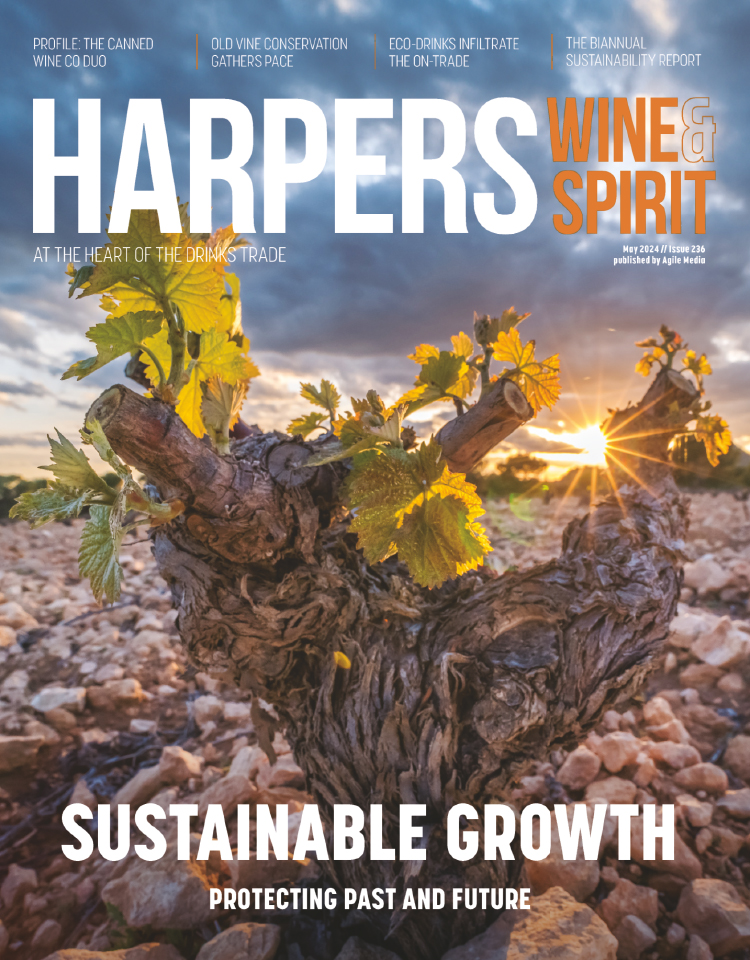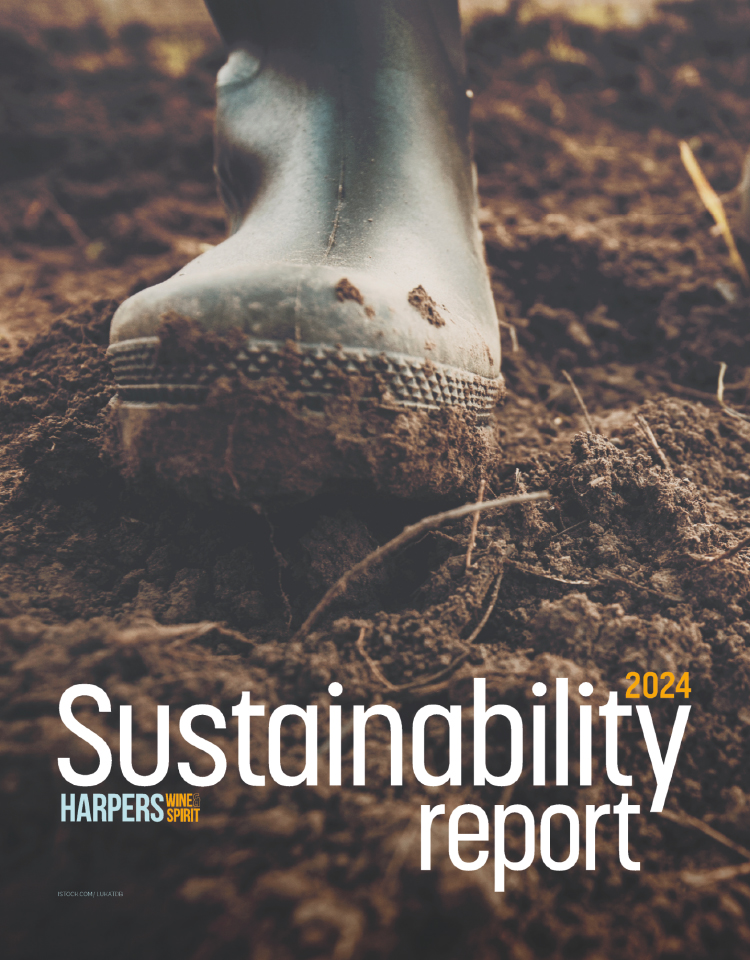
Chile ramps up focus on innovation at London tasting
First time visitors to this year’s Wines of Chile annual tasting in London could be forgiven for thinking that this is a country in a permanent state of evolution, often operating at the fringes of established viticulture to drive a rolling agenda of innovation.
Attending winemakers and their agents were quick to pluck out ‘under-the-table’ bottles representing new styles and regions, while the masterclasses focused on a similar diversity, and the attendant satellite events and dinners also highlighted pioneering winemaking. You had to stand your ground if mainstream Central Valley styles were your planned focus for the day.
Of course, this was very much a deliberate and concerted push by the Chileans to showcase all that is new. And in doing so, seeking to build on the excitement already being cultivated around the push into cooler and more extreme corners of this long strip of a country – not least with a view to building its premium credentials.
• Read more: Portuguese diversity on show as exports rise
As Anita Jackson, UK director at Wines of Chile, succinctly put it: “We are looking at regionality, innovation, sustainability and trying to drive premium wines.”
Chile’s drive to up the ante with regard to its image and premium sales has been well reported, but this has become doubly important in a climate where – as one prominent international sales director confided – sales have been hitting a wall of global economic tightening.
As covered in the September issue of Harpers, driving this push are both more fringe projects from medium and larger-sized companies, along with an ongoing emergence of smaller producers, often in new and upcoming areas.
“Every time I go back to Chile, which is once or twice a year, I find so many new things, new projects emerging, from medium-sized producers, but also smaller people, and it’s really good to see that evolving,” said Alistair Cooper MW, by way of introduction to his modestly titled ‘Chile Update’ masterclass.
Much of the focus of that session was on how “Chilean regions are really finding an identity… with a dramatic change in focus on the vineyards, new regions and the renaissance of older varieties” – as Cooper highlighted.
Along with higher altitude and cooler coastal pockets of longer established valleys, wines from newly-revived regions such as southerly Itata and Malleco were also flagged by their emerging sub-regional credentials.
The potential drawback in all of this celebration of the new, however, is that volumes are typically so small that they will currently have little impact on the mainstream consumer image and understanding of Chile. And even find it hard to make a significant impact on indie shelves and somms lists, where the will is there to show a different face to the country.
As Cooper pointed out, though, many of these projects are being driven by medium-sized, export-oriented producers. And these same companies are being rather smart in leveraging the ‘new’ to enhance understanding of how their more mainstay wines have been evolving too, in terms of lighter handling, fresher styles and more focus on terroir.
For example, Morandé and Montgras both have initiatives where winemakers within the companies have been encouraged to start side-projects whereby they have a free hand to champion a variety/style and an up-and-coming region, often buying in fruit from long-established, small-scale local growers. This, in turn, is having the double effect of helping protect ancestral vines, while opening up possibilities in such new areas.
As Montgras winemaker Adolfo Hurtado put it at a dinner to showcase his Handcrafted Range, “the idea is to move away from what Chile is known for doing, to what is possible”.
These are “experimental wines”, ranging from Garnacha from higher altitude Ninquén in Colchagua to Riesling from Mulchén in southerly Bio-Bio, by way of the likes of old bush vine Carignan from Jan Javier in Maule, plus others besides.
Winemaker Alejandro Galaz of Ventisquero also ran a tasting masterclass following the Wines of Chile event, highlighting ‘Diverse & Extreme Wines – Furthest North to Deepest South’, where a spotlight was shone on projects pushing into the fringes of Chile’s viticultural possibilities.
Here, Grenache and Cabernet Franc were shown as the latest additions to Ventisquero’s Tara Atacama range, from rare (for Chile) limestone soils in the bone-dry coastal desert of the north. There were also more regular varieties, including Sauvignon, Chardonnay and Pinot Noir, but from just the second harvest in the Chile Chico region deep in Patagonia, lying at 46.6° South, being possibly the most southerly vineyard in the world. Bright Cinsault from Itata and an exemplary Carménère from Apalta also featured in the generally low intervention lineup.
“In the first 100 years [of modern winemaking] all the viticulture was in the centre of Chile,” said Galaz, suggested the possibilities were only just beginning to be explored.
“Now we are pioneering, making experimental wines – we have Atacama, the driest place on earth, to the north, glaciers to the south, to the east one of the greatest mountain ranges, and the ocean, cooled by the cold Humbolt Current, to the west.”
One thing these winemakers and others clearly agree on is that this potential is only just beginning to be understood and explored. And undoubtedly Chile’s push to have this recognised globally will continue, drip-feeding into those goals of building its interesting and premium credentials. Time and consumer interest will decide.








